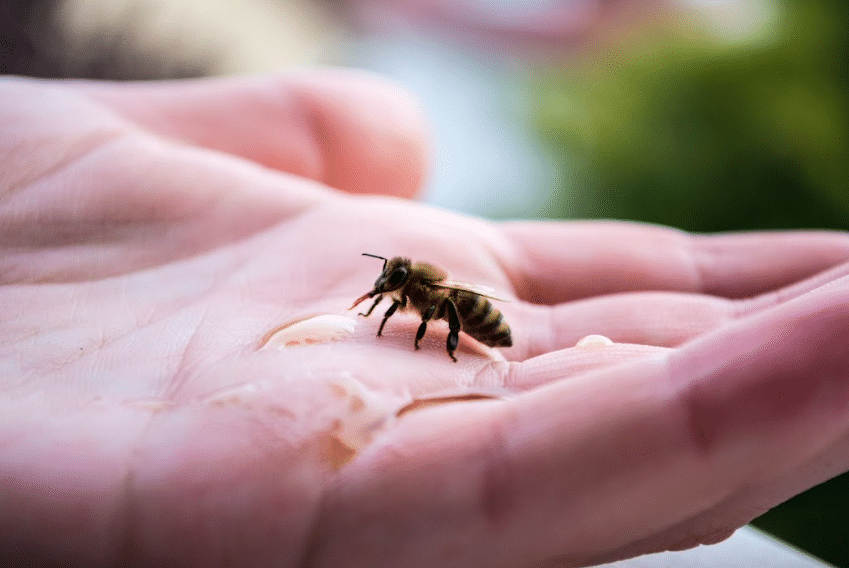The chemical analysis of honey, pollen and the bees allows us to have a picture of the environmental state of an area and it is increasingly common to find the presence of active substances typical of phytosanitary treatments. This type of analysis is expensive and complicated to perform.
On March 30, the journal Environmental Microbiome published a study showing how sampling debris at the bottom of beehives can give scientists a snapshot of the microbial landscape of urban environments, where more than 50 percent of the world’s population lives. By studying the DNA present in the debris, it has been observed that each city has its own characteristics, for example in Venice there is a presence of a fungus typical of decomposing wood. In Tokyo, the strain of a yeast caused by the fermentation of soy sauce and the pathogen Rickettsia felis, dangerous for human health, emerged within the samples. A microorganism capable of degrading polychlorinated biphenyls (PCB) has been found in Brooklyn. PCB are responsible for chronic toxic effects that can damage the human nervous system and tend to concentrate in water and soil.
Through their morphology, bees tend to capture fine particles and pollutants and it is for this reason that Lewis Bartlett, a researcher at the University of Georgia, compared them to “small flying Swiffer sheets”. In addition to the presence of bacteria, fungi and viruses in the residues, bees show an environmental imbalance through a high mortality rate, and this is why they can be defined as perfect biological indicators.
Larvae of Paenibacillus and Melissococcus plutonius are pathogens capable of causing diseases within bees and their discovery highlights how the debris present in the hives not only provide information on the health of the environment but also on the health of the bees themselves. A study published in the Journal of Applied Ecology reports that in urban areas the type of pollen is less and less diversified and this derives from the scarce presence of greenery. In addition to all the factors mentioned above, bees are put at risk by microplastics, which significantly alter their eating habits.
Waiting to understand if this extremely useful study will be taken into consideration and they will look for concrete solutions in order to decrease urban pollution, it is clear how bees are excellent scientific samplers
